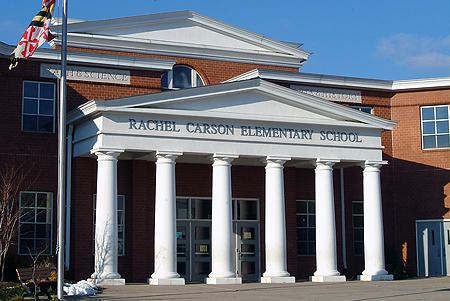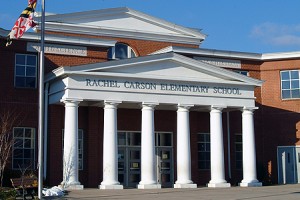
Gaithersburg City Leaders Question MCPS Enrollment Projection Model
Overcrowding at schools in Gaithersburg are putting a gag on development and on Monday city officials questioned why school capacity projects aren’t keeping up with school populations.
“Our dilemma is that the city has to grow and replace old neighborhoods,” said Councilmember Henry Marraffa during a city council meeting where Montgomery County Schools officials talked school capacity with city leaders. “We aren’t building houses right now and we have to do that. We have neighborhoods that have to be redone. We can’t be guided by the school board all the time.”
Gaithersburg has an adequate public facilities ordinance that puts a stranglehold on development until schools show acceptable capacity levels.
Elementary schools in the Gaithersburg and Quince Orchard clusters are becoming so crowded both clusters are up for a feasibilty to see what can be done to solve the problem, according to the school system’s proposed Capital Improvements Plan.
The Gaithersburg Cluster, including the high school and Forest Oak and Gaithersburg middle schools are expected to be over capacity by 2020, according to the MCPS chart. The elementary schools however fair far worse. By 2015 all but Rosemont show more than 120 percent of capacity. Summit Hall revitalization/expansion is scheduled for completion in January 2022 in the BOE requested budget. The rest will be studied for capacity relief.
In the Quince Orchard cluster, the high school and both middle schools show less than 110 percent of capacity through 2020, but here again it is the lower grades that cause the problem for new development.
Execpt for Brown Station where a revitalization/expansion is scheduled for completion in August 2017, all the elementary schools in this cluster have massive overcrowding of up to 155 percent, in the case of Rachel Carson.
City leaders questioned MCPS’s Director of the Division of Long Range Planning Bruce Crispell on why the school system didn’t see this wave of enrollment coming.
“We need to tackle the Carson issue,” Crispell said speaking to the 300-student over capacity Rachel Carson Elementary. “We hoped enrollment peaked and then would come down over time as populaton ages and homes become empty nests. That kept us from tackle carson problem years ago.”
But looking at the enrollment trend since 2007, that isn’t what’s been happening. Monday night city leaders including newly appoint Neil Harris struggled to understand the missing X factor when it comes to projecting enrollment.
“RCES is a water fountain of enrollment. The model expects growth and then decrease but the sky seems to be the limit here at the elementary level,” Harris said.
Mayor Jud Ashman said one of the main items in the city’s legislative request is additional funding for school capacity serving Gaithersburg’s students. But, Council Vice President Ryan Spiegel said he is unsure how Governor Larry Hogan will impact that state’s school funding plans.
“That could be a significant effect,” Spiegel said.
Other statistics released during the meeting show the Hispanic students are the dominant ethnicity at Gaithersburg High at 40.6 percent last year followed by African American students who make up 26.3 percent. The school is showing a major shift in ethnic diversity with the number of Hispanic students steadily on the increase and white students markedly declining in population.
At Quince Orchard High School, 47 percent of the students are white, according to the MCPS chart, followed by Hispanic students who make up 20 percent. That school ethnic makeup has remained for the most part steady since 2000.
At Watkins Mill, African American and Hispanic students are fairly even in population while that school shows a declining white population of students.
At Northwest, white, Hispanic and African American student populations all hover at about 20 to 29 percent, according to the chart.
And at Wootton, the white student population has dipped slightly last year to 47 percent, while the Asian student population remains steady at 34 percent and African American and Hispanic students make up just 13 percent of the student population combined, according to the chart.
Systemwide white students made up 33 percent of the student population last year, followed by Hispanic students who accounted for 25 percent.

Engage us on Facebook
Follow us on Twitter
Tweets by @mymcmedia